The Seven Elements of Trust in Estate Planning
Estate planning is a vital process allowing individuals to manage their assets, provide for their loved ones, and ensure their wishes are fulfilled after they pass away. One of the key tools in estate planning is the trust. In the state of New York, trust law is well-defined and provides individuals with various options for managing their assets and wealth. To effectively utilize trusts in estate planning, it’s essential to understand the seven crucial elements that make up a trust under New York State Law.
1. Settlor or Grantor
The first element of a trust is the settlor or grantor. This is the person who establishes the trust and transfers assets into it. The settlor specifies the terms and conditions of the trust, including how the assets are to be managed and distributed.
2. Trustee
The trustee is the individual or entity responsible for managing the trust assets and ensuring they are used in accordance with the terms of the trust. Trustees have a fiduciary duty to act in the best interests of the trust beneficiaries.
3. Beneficiaries
Beneficiaries are the individuals or entities who stand to benefit from the trust. They are entitled to receive income, assets, or other benefits from the trust as specified in the trust document. Beneficiaries can include family members, charities, or other organizations.
4. Trust Property or Assets
The trust property or assets are the resources transferred into the trust by the settlor. These assets can include real estate, investments, bank accounts, personal property, and more. The trust document outlines what assets are part of the trust and how they should be managed.
5. Trust Purpose and Terms
The trust purpose and terms are detailed in the trust document. This element defines the goals and objectives of the trust, such as providing for the education of grandchildren, supporting a charitable cause, or preserving assets for future generations. The terms also specify when and how the beneficiaries will receive distributions.
6. Trust Duration
Trusts can have different durations, depending on the goals of the settlor. Some trusts are designed to last for a specific period, while others are intended to be perpetual. New York law allows for various trust durations to accommodate different planning needs.
7. Legal Formalities
Creating trust in New York involves adhering to specific legal formalities. These may include drafting a trust document that complies with state law, signing the document in the presence of witnesses, and notarizing it when necessary. Ensuring that all legal requirements are met is crucial to the validity of the trust.
Consult with Estate Planning Experts
Estate planning and trust creation can be complex processes. To effectively use trusts as part of your estate plan and ensure your wishes are carried out, it’s advisable to consult with experienced estate planning attorneys like those at Morgan Legal Group. Our experts can help you navigate the intricacies of New York trust law and create a trust that aligns with your goals and objectives.
Contact Morgan Legal Group today to discuss your estate planning needs and learn how trusts can be valuable in securing your financial future and legacy.









